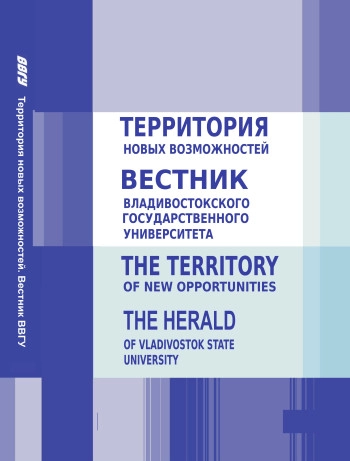employee
Russian Federation
student
Interest in the figure of Emperor Alexander II remains strong among researchers, and his liberal reforms, known in history as the "Great Reforms," had a significant impact on the development of the Russian state. This study examines the works of cartoonists from the second half of the 19th to the early 20th century that were dedicated to Alexander II’s reforms. A comprehensive analysis of cartoons from this period was conducted to assess the liberal trans-formations, including the peasant, zemstvo, municipal, judicial, educational, and censorship reforms. The novelty of this article lies in the fact that no similar comprehensive studies have been conducted in academic circles. The re-search is based on historical-comparative, problem-chronological, and historical-systematic methods. The authors note that the series of Great Reforms under Alexander II found broad resonance in cartoons, largely due to the dual nature of these transformations. Artistic works from this period reflect a critical assessment of various social processes, while satirical depictions served as a means of addressing societal flaws and shortcomings in a form accessible to the general public. The works of Russian artists were not aimed at overthrowing the political course but rather at its correction, calling on authorities to be closer to the people, fulfill their promises, and implement planned reforms. Cartoons were created promptly, serving as timely reactions to ongoing changes that concerned a broad segment of society, executed by talented artists with great artistic expression. The findings of this study can be applied both in scholarly works and in practical educational settings, as they contain a rich col-lection of illustrative materials.
caricature genre, Peasant Reform of 1861, Zemstvo Reform of 1864, Judicial Reform of 1864, Cen- sorship Reform of 1865, Municipal Reform of 1870, reforms in public education
1. Dzhanshiev A.G. The Era of Great Reforms. In 2 vols. St. Petersburg: typo-lithography of B.M. Wolf; 1905. Vol. 2. 859 p.
2. Golovachev A.A. Ten Years of Reforms 1861–1871. St. Petersburg: Vestn. Evropy; 1872. 398 p.
3. Veselovsky B.B. History of the Zemstvo for Forty Years. in 4 vols. St. Petersburg: O.N. Popova Publishing House; 1909–1911. Vol. 1–4.
4. Zakharova L.G. Autocracy and the Abolition of Serfdom in Russia in 1856–1861. Moscow: Moscow State University Publishing House; 1984. 254 p. EDN: https://elibrary.ru/XQAVYL
5. Garmiza V.V. Preparation of the Zemstvo Reform of 1864. Moscow: Moscow University Publishing House; 1957. 264 p.
6. Zayonchkovsky P.A. Military Reforms of the 1860s–1870s in Russia. Moscow: Moscow University Press; 1952. 368 p.
7. Patrusheva N.G. Censorship Reform of 1865 in Iskra Cartoons. Book: Research and Materials. 1995; (71): 228–239. EDN: https://elibrary.ru/WQUVYL
8. Magazine «Punch». 1855. No. 715. P. 103.
9. Magazine «Puck». 1903. No. 1361. P. 1.
10. Magazine «Iskra». 1862. No. 16. P. 411.
11. Magazine «New Satyricon». 1917. No. 17. P. 1.
12. Magazine «Alarm Clock». 1900. No. 19.
13. Magazine «Alarm Clock». 1901. No. 4.
14. Magazine «Iskra». 1901.
15. Caricature of the judicial system by an unknown artist (late 1850s, S. Grigoryants Collection).
16. Magazine «Iskra». 1863. No. 2. P. 19.
17. Magazine «Iskra». 1863. No. 33. P. 440.
18. Magazine «Iskra». 1863. No. 30. P. 402.
19. Magazine «Iskra». 1863. No. 34.





